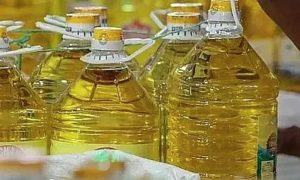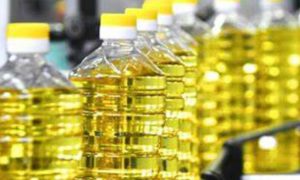Status of oil palm development in India and actions required to improve the pace of area expansion

Despite NMEO-OP’s goal of 6.8 lakh hectares by 2026, India reached only 5.56 lh by FY25. Andhra Pradesh and Telangana, contributing 63%, succeeded due to strong state support, mandatory micro-irrigation, and higher yields. Other states lag due to poor irrigation, leading to low yields and farmer disinterest. Sustainable expansion requires replicating AP-Telangana’s model nationwide.
National Mission on Edible Oils – Oil Palm (NMEO-OP) was launched in August 2021 with the objective to bring an additional area of 6.8 lakh hectares (lh) under oil palm cultivation in India during 2021- 2026. The area brought under cultivation during 2021-25 in India is only 1.89 lh. Before this mission (till end of FY 2020-21), the area brought under cultivation in India was 3.67 lh, as per the Government of India’s records. The total area under cultivation till the end of FY 2025 becomes 5.56 lh Out of this, 0.683 lh in the North Esat States (except Meghalaya) & 4.877 lh in 9 States in Rest of India (Andhra Pradesh, Chhattisgarh, Goa, Gujarat, Karnataka, Kerala, Odisha, Tamil Nadu and Telangana). During the last leg of the Mission (FY 2025-26), the government proposed to bring 2.495 lh under cultivation in India. It seems to be a herculean task. Among the 9 states in the rest of India, Andhra Pradesh (AP) & Telangana contribute predominantly and jointly share 63 per cent of the total area under cultivation in India as of now.
I think two major factors play important role in achieving sustainable oil palm development through farmers in AP and Telangana: Involvement of the State Government and Department of Horticulture in the State considered oil palm as one of their top priorities and ensured the adoption of the basic requirement, like installation of drip/micro irrigation system in farmers field, before planting of oil palm(as a mandatory practice). These two states take this step as a “Special purpose vehicle” to drive area expansion effectively and aggressively, through Micro Irrigation Project – an independent cell established for the purpose by the State, followed by other supports like free power supply etc. to the farmers, over & above various supports provided by Ministry of Agriculture & Farmers Welfare (MoA & FW) , Govt. of India (G.O.I) under NMEO-OP.
We must remember that bringing effective area under cultivation is more important than bringing area aggressively. Effective area will ensure productivity and assure a good return to farmers, as evidenced in Andhra Pradesh and Telangana. Farmers of AP & Telangana are getting average Fresh Fruit Bunches ( FFB) yield @ 19- 20 tonnes per hectare. per year from the eighth year onwards. Unfortunately, the average FFB yield per hectare per year in other States is less than 7-8 tonnes on maturity and in turn, poor returns to the farmers. This is mainly due to insufficient irrigation or maintained under rain fed crop condition. This low yield of FFB and its economic returns give a bad impression about the crop in the farming community in the states like Goa, Chhattisgarh, Tamil Nadu , Karnataka, Odisha, Kerala and Gujarat. This low yield (other than crop competition factor) provides setback for slow progress towards crop conversion to oil palm in these states. These states (other than AP and Telangana) should not be in denial mode, because FFB production, productivity and area expansion progress over the decades are poor and the number speaks itself.
To Read more about Edible Oil News continue reading Agriinsite.com
Source : The Hindu Business line
















